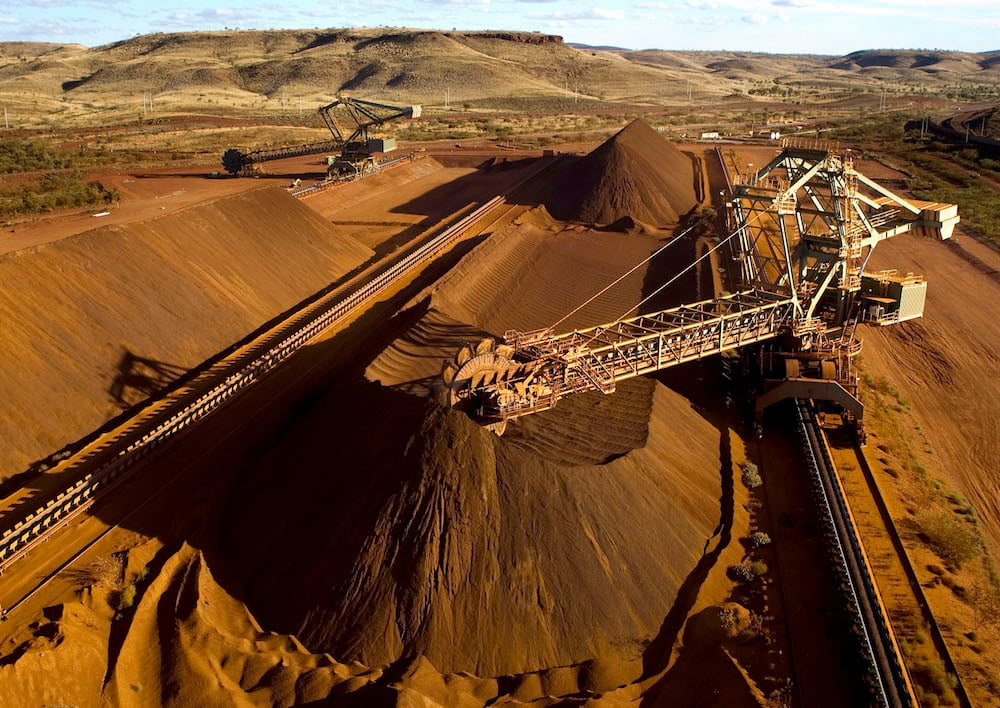
Amid public outrage over the destruction of sacred Aboriginal rockshelters in Western Australia, Jean-Sébastien Jacques, the chief executive of Rio Tinto, the company responsible for the damage, will step down as CEO by the end of March 2021.
The core issue is the company’s destruction of two sacred structures at Juukan Gorge in Western Australia this past May in order to expand its iron ore mine.
According to a report in the Financial Times, Rio Tinto was granted legal permission to demolish the site back in 2013, but drew fire for not changing its plans when it became clear that the rockshelters were archaeologically significant.
“The caves, set deep in a desert gorge, had yielded a treasure trove of artifacts tracing Aboriginal people’s long history in Australia,” according to the New York Times. Among them were a 28,000-year-old kangaroo bone sharpened into a blade, and a 4,000-year-old plait of human hair believed to have been worn as a belt.
Company executives initially tried to characterize the destruction as a “misunderstanding” that resulted from not being informed about the site’s cultural significance ahead of time. Last month, Jacques appeared before a parliamentary inquiry and said he was not aware of the importance of the caves before they were blown up.
But the company has since shifted gears.
“What happened at Juukan was wrong and we are determined to ensure that the destruction of a heritage site of such exceptional archaeological and cultural significance never occurs again at a Rio Tinto operation,” Rio Tinto chairman Simon Thompson said in a company statement released on September 11.
“We are also determined to regain the trust of the Puutu Kunti Kurrama and Pinikura people and other Traditional Owners. We have listened to our stakeholders’ concerns that a lack of individual accountability undermines the [company’s] ability to rebuild that trust.”
The statement also indicated that since the destruction of the rockshelters, the Rio Tinto board has been in conversations with shareholders, Indigenous leaders, and other stakeholders.
According to the Financial Times, the company’s main iron ore operation generates more than 90 percent of the company’s earnings, and is based in the Western Australian region.
Two other executives will also leave the company: Chris Salisbury, the head of iron ore, and Simone Niven, the corporate affairs leader whose responsibilities included managing Indigenous affairs.
Referencing Jacques and the two other executives, Thompson said: “I know that all three individuals, like the rest of the board, deeply regret the destruction of the Juukan rockshelters.”
A search for Jacques’s successor is underway, and if one is found before the end of March, the CEO may step down sooner.